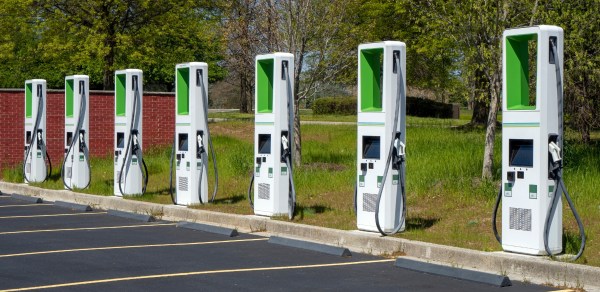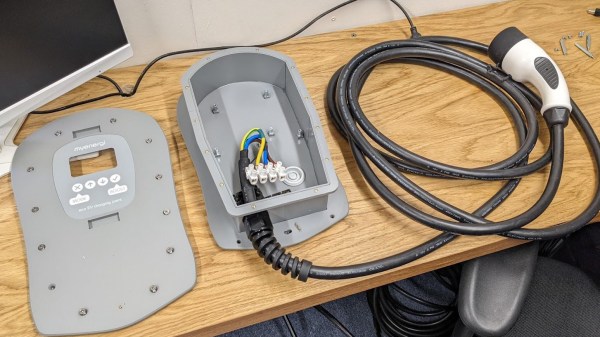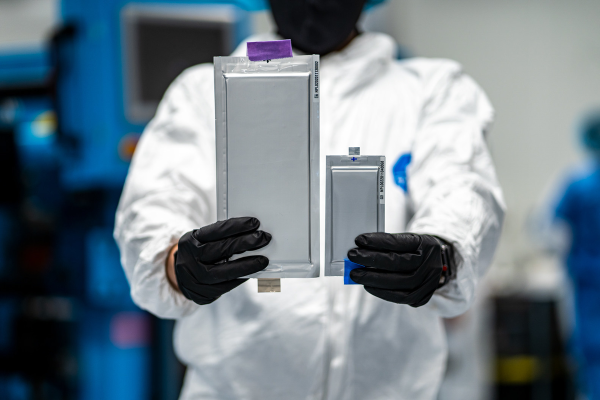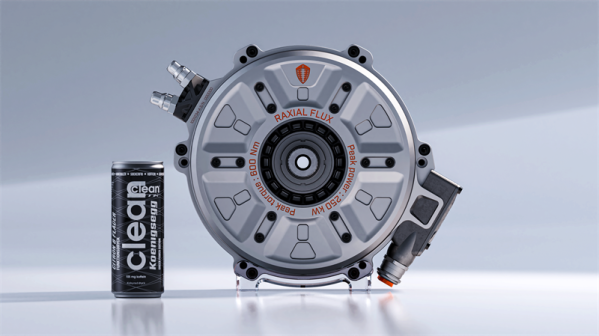[RCLifeOn] happened upon an old petrol-powered ATV that had seen better days. He decided it was the perfect candidate for a conversion to electric drive.
First up, the chassis was stripped back and cleaned, before being given a fresh coat of paint. It then got fresh valve stems for the tires and was ready for its drivetrain conversion.
The motor of choice is a brushless type, rated for 42 kW at 120 V. [RCLifeOn] doesn’t have batteries capable of maxing out those specs, yet, but carried on with the build. The motor was mounted on the chassis, and a 3D printed hub was installed to get the sprocket on the end of the motor.

The first drive was rough and ready, as the speed controller wasn’t sensored, the gearing wasn’t quite right, and the chain wasn’t very tight. However, it did successfully make it around the grass, slowly. Further improvements then included a water cooling circuit for the speed controller and the addition of a battery compartment. That wasn’t enough to stop the speed controller bursting into flames during a difficult uphill climb, though.
Fundamentally, though, the project shows promise. Bigger batteries, a sensored speed controller, and appropriate gearing should make it a quick beast. 42 kW of power is a good amount for a light ATV, plus there’s the benefit of instant-on torque from an electric motor.
We’ve seen [RCLifeOn] tackle some high-powered electric builds before, like his impressive powered surfboard. With the right parts, we’re sure he’ll have this thing ripping about at pace before long!

















